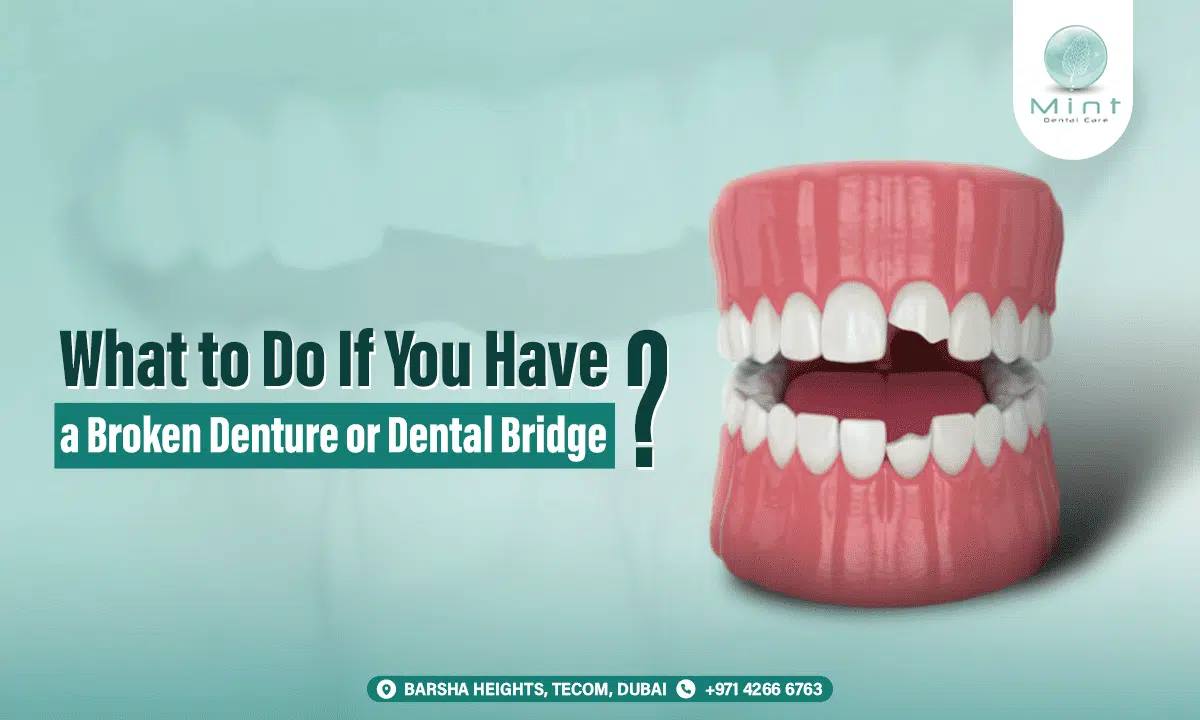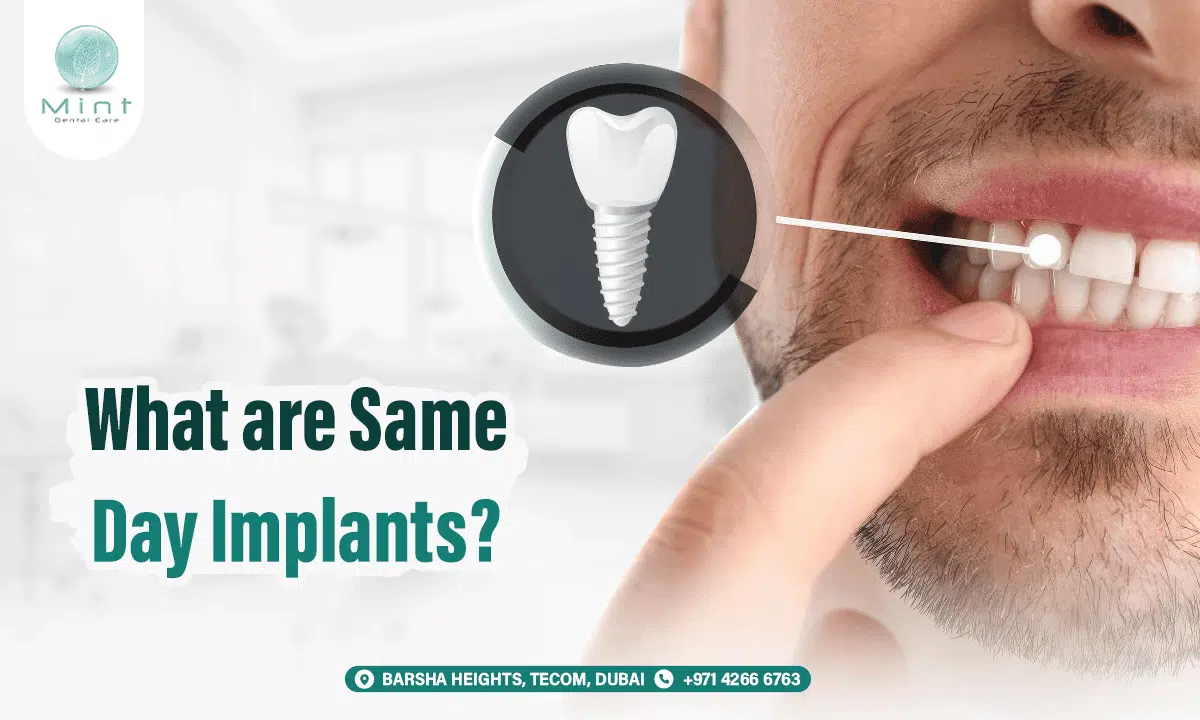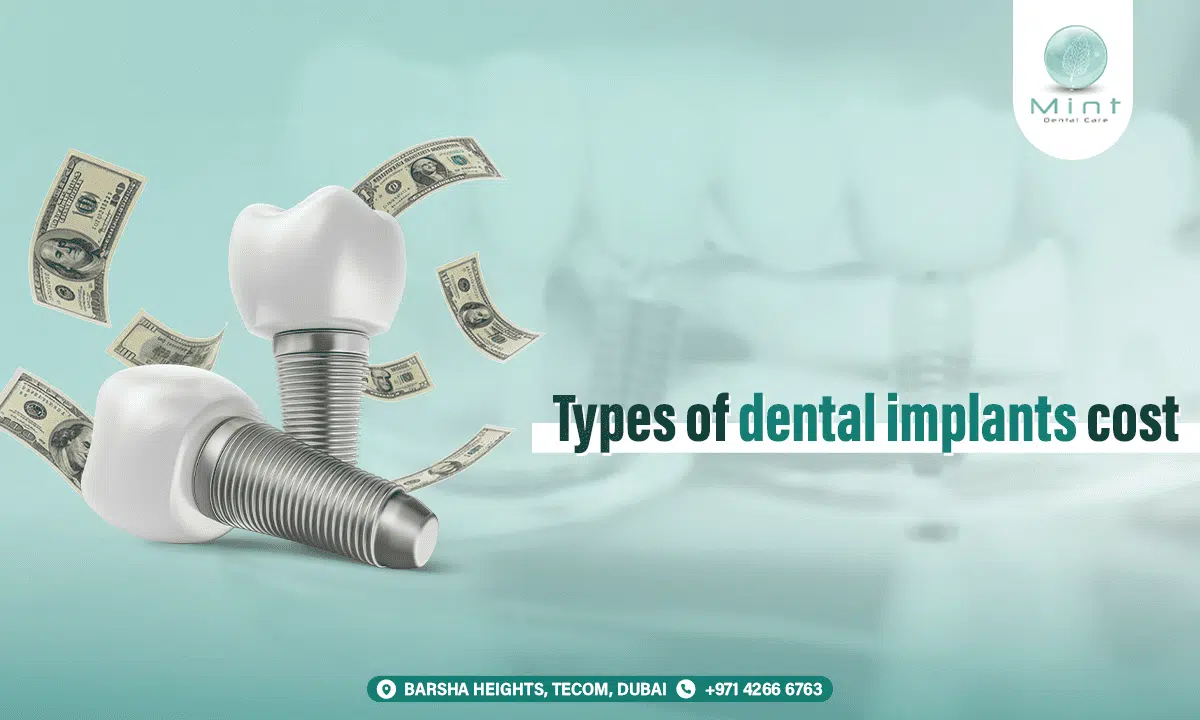Taking your child to the orthodontist for the first time is an important step in ensuring they have a healthy, beautiful smile. Many parents in Dubai might feel apprehensive about this visit, wondering what to expect and how to prepare their child for the experience.
A first orthodontic appointment is often informative, easy-going, and essential for early diagnosis of any potential orthodontic issues. In this article, we’ll explore when your child should visit an orthodontist, how to prepare for the appointment, and what the typical first visit entails.
When Should My Child First Visit an Orthodontist?
Why Start as Early as Age 7?
The American Association of Orthodontists recommends that children have their first orthodontic evaluation by age 7. Although this might seem early, even while baby teeth are still present, an early visit allows the orthodontist to identify potential issues before they become more complicated. Conditions like misalignment, overcrowding, or jaw growth issues can often be easier to treat if detected early.
Why Early Detection Matters
Even if your child’s teeth appear straight, underlying problems may not be visible to the naked eye. Early detection and intervention can often reduce the need for more intensive treatments later on. An orthodontist will evaluate your child’s jaw and teeth, checking for any signs of developmental issues. In Dubai, where advanced orthodontic treatments are readily available, starting early gives your child access to the best possible care.
How Can I Prepare My Child for Their First Orthodontic Appointment?
1- Start the Conversation Early
Introducing your child to the concept of orthodontic care can help make the visit less intimidating. Explain that orthodontists are specialists who help keep teeth strong and healthy by making sure they grow straight. You might even consider using storybooks or online resources to show them images of braces, aligners, or other dental appliances, helping them become familiar with what to expect.
2- Address Any Concerns
Children often worry about new experiences, especially if they involve doctors or medical procedures. They might be concerned about discomfort, appearance, or changes in their daily routine. Address these concerns patiently, reassuring your child that the visit will be gentle and that many of their friends may also need braces at some point. Explain that orthodontics is common and will help give them a beautiful smile they’ll have for life.
3- Make It Fun and Positive
Finding a kid-friendly orthodontist in Dubai can make a big difference. Many orthodontic practices specialize in creating a welcoming, child-friendly environment with bright colors, friendly staff, and activities to keep children entertained. Reading positive stories about children with braces or aligners can also help your child feel more comfortable and confident about the idea of orthodontic treatment.
What Happens During the First Orthodontic Visit?
1. A Warm Welcome and Initial Discussion
Most pediatric orthodontic clinics strive to create a relaxed and welcoming environment for children. Friendly staff will greet you and explain the process in a way that helps ease any anxieties. The initial discussion often includes a conversation with the orthodontist about your child’s medical and dental history. This is also an opportunity for you to discuss any specific concerns or goals for your child’s treatment.
2. Examination and X-rays
The orthodontist will perform a comprehensive examination of your child’s teeth and jaw, asking them to bite down, open wide, and move their jaw in various directions. This helps assess how their teeth fit together and detect any bite issues. In many cases, digital X-rays or images are taken to get a clearer view of the underlying bone structure, tooth positioning, and any areas of concern. These images provide valuable information, allowing the orthodontist to make an accurate diagnosis and treatment plan.
3. Discussion of Findings and Recommendations
After the examination, the orthodontist will discuss their findings with you and your child. They may recommend monitoring jaw and tooth growth, early intervention treatments, or planning for braces in the future. Each recommendation will be explained clearly, ensuring you and your child understand the reasons for it. The orthodontist will also go over possible treatment timelines, so you can plan accordingly.
4. Treatment Planning (If Necessary)
If the orthodontist suggests immediate treatment, they will outline a personalized plan, including details about potential appliances, the expected duration of treatment, and the projected costs. They will discuss different treatment options, such as metal braces, ceramic braces, or clear aligners, and explain the pros and cons of each option. This treatment planning step ensures you have a clear understanding of the process and can make an informed decision about your child’s care.
5. Open Communication and Addressing Questions
Encourage your child to ask questions or express concerns throughout the appointment. The orthodontist and their team are there to help your child feel comfortable and address any queries. Questions might range from “Will it hurt?” to “How often will I need to come back?” Ensuring open communication helps build trust and makes the experience more positive for your child.
6. Impressions (If Required)
In cases where treatment is recommended, the orthodontist might need impressions of your child’s bite. This can be done using traditional putty-filled trays or with a digital scanner, which is faster and often more comfortable for children. These impressions help the orthodontist create custom-fitted appliances, like braces, aligners, or retainers, ensuring the treatment is as effective as possible.
What Questions Should I Ask the Orthodontist?
Preparing questions for the orthodontist helps you get the most out of the first visit. Here are a few questions to consider:
- What specific orthodontic issues do you see in my child?
- What are the recommended treatment options, and which is best for my child?
- How long will the treatment last, and what does the timeline look like?
- Will my child need any teeth removed for successful treatment?
- What are the costs involved, and do you offer payment plans?
- What can we do at home to support good oral hygiene during treatment?
Asking these questions gives you clarity on the next steps and helps you make informed decisions about your child’s orthodontic care.
What Are Some Common Orthodontic Issues in Children?
1- Underbites and Overbites
An underbite occurs when the lower jaw protrudes, while an overbite means the upper jaw overlaps the lower. Both conditions can affect facial appearance, bite function, and lead to jaw pain over time. Early orthodontic intervention can help correct these issues and improve the child’s oral health.
2- Spacing and Crowding
Some children’s teeth may grow too close together (crowding) or have too much space between them. Spacing issues may arise due to missing teeth or naturally large gaps, while crowding is often due to a lack of space in the jaw for all teeth to fit properly. Correcting these issues ensures a more balanced alignment, promoting better long-term dental health.
What Are the Treatment Options Available?
1- Traditional Metal Braces
Metal braces, consisting of brackets and wires, are the most common treatment for various alignment issues. They are highly effective and can address even complex orthodontic issues.
2- Ceramic Braces
Ceramic braces work similarly to metal braces but use tooth-colored brackets that are less noticeable, making them a preferred option for aesthetic reasons.
3- Lingual Braces
These braces are attached to the back of the teeth, making them invisible from the front. They are ideal for children who want a discreet treatment but may require a bit more care and maintenance.
4- Clear Aligners
Clear aligners are a series of transparent, removable trays that gradually shift teeth into place. Popular among teenagers, aligners are a less noticeable alternative to braces, though they require discipline in wearing them for 20-22 hours daily.
Can I Be Present During My Child’s Examination?
Parental Presence Provides Comfort
Yes, many orthodontic clinics in Dubai encourage parents to be present during their child’s examination. Being in the room can make the child feel more comfortable and at ease, especially if it’s their first visit. Your presence also allows you to observe the examination and have direct discussions with the orthodontist.
Opportunity for Direct Communication
When you’re in the room, you can ask questions as the examination progresses, helping you understand the orthodontist’s observations and recommendations better. This open communication ensures you’re well-informed about your child’s condition and treatment options.
What If My Child Has Special Needs?
Informing the Clinic in Advance
If your child has special needs, inform the orthodontist’s office when booking the appointment. Many clinics in Dubai can make adjustments to accommodate sensory sensitivities, offering quieter appointments or minimizing stimuli.
Preparing Your Child for the Visit
You can help prepare your child by showing them photos or videos of orthodontic procedures in advance. Positive reinforcement and gentle explanations about the process will also make the experience smoother.
Finding an Orthodontist in Dubai
1- Choosing the Right Professional
When looking for an orthodontist in Dubai, consider their experience, reputation, and specialization in pediatric orthodontics. Many clinics are child-friendly and offer advanced treatments, so it’s beneficial to seek recommendations or check online reviews.
2- Advanced Care and Technology
Dubai is home to many reputable orthodontic clinics that offer state-of-the-art treatments for children, ensuring a high-quality orthodontic experience. Advanced technology, such as digital imaging and custom treatment planning, helps provide precision and comfort for your child’s orthodontic journey.
Conclusion
Your child’s first orthodontic visit is a significant step toward achieving a healthy, confident smile. By knowing what to expect, preparing them with information, and choosing a qualified orthodontist in Dubai, you can make this experience comfortable and positive. A proactive approach to orthodontics ensures early detection and treatment, setting the foundation for optimal dental health in the years to come.
At Mint Dental Care in Dubai, we offer compassionate, child-friendly orthodontic services tailored to each child















